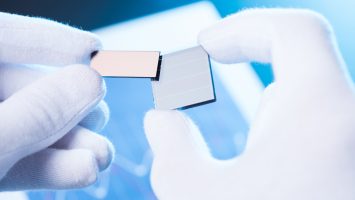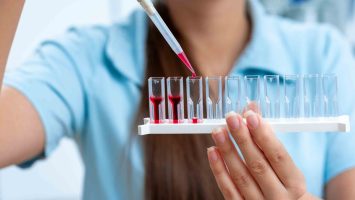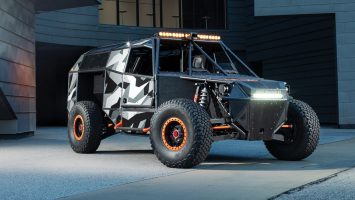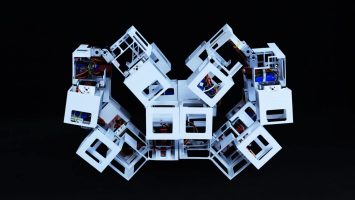Passive Water-Harvesting Device to Cool Solar Cells and Boost Efficiency
An international team of researchers led by Professor Qiaoqiang Gan at KAUST in Saudi Arabia has created a new device that collects atmospheric water to cool solar cells. As the device is capable of extracting Read More










